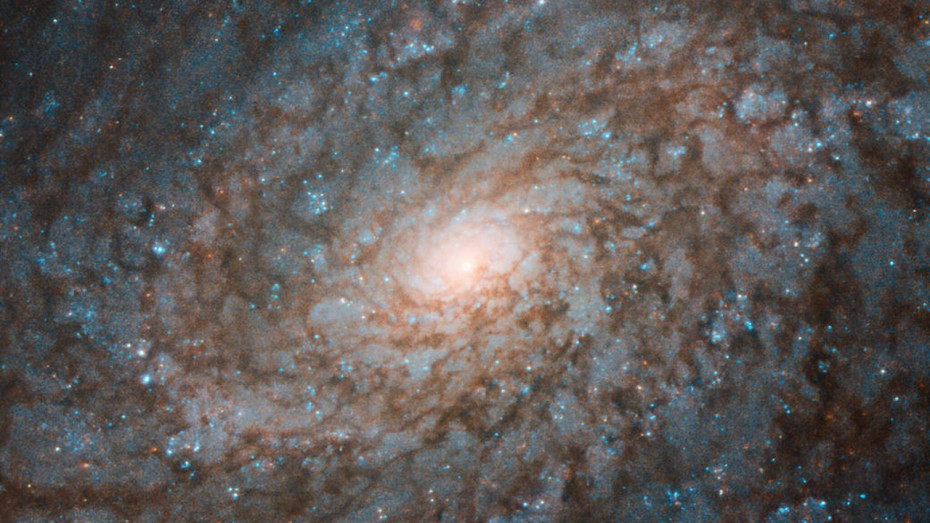
NASA’s Hubble Telescope Captures Fluffy-Looking Galaxy (Photo Credit: ESA/Hubble & NASA, P. Erwin et al.)
New Delhi:
Hubble Space Telescope, which belongs to the National Aeronautics and Space Administration (NASA) and the European Space Agency (ESA), has captured a fluffy-looking galaxy. Yes, you read it right. Galaxy NGC 4237, which is located about 60 million light-years from Earth in the constellation of Coma Berenices (Berenice's Hair), is classified as a flocculent spiral galaxy.
In a statement, NASA said that the spiral arms of Galaxy NGC 4237 are not clearly distinguishable from each other, as in 'grand design' spiral galaxies, but are instead patchy and discontinuous. "This gives the galaxy a fluffy appearance, somewhat resembling fluffy cotton," it added.
The US agency further stated that astronomers studying NGC 4237 were actually more interested in its galactic bulge — its bright central region. "By learning more about these bulges, we can explore how spiral galaxies have evolved, and study the growth of the supermassive black holes that lurk at the centers of most spirals. There are indications that the mass of the black hole at the center of a galaxy is related to the mass of its bulge," NASA said.
"However, this connection is still uncertain, and why these two components should be so strongly correlated is still a mystery — one that astronomers hope to solve by studying galaxies in the nearby universe, such as NGC 4237," it concluded.
Also Read: Coronavirus Effect: NASA Suspends Work On Moon Rocket Due To COVID-19
Recently, Hubble spotted the most energetic outflows ever witnessed in the universe. Using the Hubble Space Telescope, the astronomers have detected quasars tsunamis ripping across galaxies. It is to be noted that Quasars are extremely remote celestial objects, emitting exceptionally large amounts of energy. Quasars contain supermassive black holes fueled by infalling matter that can shine 1,000 times brighter than their host galaxies of hundreds of billions of stars.
(With Inputs From NASA)




